- You are here:
- Home /
- Products /
- Alloy Steel /
- Soft Magnetic Alloys /
4J42 Low Coefficient of Thermal Expansion Alloy Bar
- Ultra-Low Thermal Expansion:Exhibits minimal dimensional changes (-20~+200℃ range) with CTE≈5.5×10⁻⁶/℃.
- High Corrosion Resistance:Excellent stability in acid/alkaline environments due to Ni-Cr composition.
- Mechanical Stability:Maintains strength and ductility across thermal cycles, suitable for precision instruments.
Chemical Composition (wt%)
Element | Content (%) |
C | ≤0.05 |
Si | 0.20-0.50 |
Mn | 0.10-0.30 |
P | ≤0.020 |
S | ≤0.020 |
Cr | 28.0-30.0 |
Ni | 37.0-40.0 |
Cu | ≤0.20 |
Fe | Balance |
Property | Value Range |
Diameter (mm) | 5.0-150.0 |
Hardness (HRB) | 80-95 |
Density (g/cm³) | 8.10±0.05 |
Yield Strength (MPa) | ≥345 |
Tensile Strength (MPa) | ≥620 |
Characteristics and Applications of 4J42 Precision Alloy Bar
I. Core Performance Characteristics
1. Low Thermal Expansion Coefficient
The thermal expansion coefficient is extremely low within the range of -60°C to +200°C, comparable to that of hard glass (matched sealing at 20-400°C), ensuring dimensional stability in high-temperature environments.
2. Excellent Mechanical Properties
Room temperature yield strength of 450 MPa, tensile strength of 550 MPa, and hardness of HB170-230, combining high strength and toughness.
3. Corrosion Resistance and Electrical Properties
The nickel content makes it acid and alkali resistant, with a resistivity of 47 μΩ·m and a magnetic permeability of 1.25 T, making it suitable for electronic component packaging.
4. Processability
It can be formed by forging, rolling, drawing, and Supports welding and heat treatment (such as 650-700℃ annealing to optimize plasticity)
II. Main application areas
1. Electronics industry
(1) Integrated circuit lead frames, relay contacts, to ensure signal transmission stability
(2) Vacuum device housings (such as electron tubes) to achieve airtight sealing
2. Precision instruments
Bimetallic temperature control strips, ceramic glass packaging materials, for temperature-sensitive devices
3. Communications and power
Filters, transformer cores, to improve electromagnetic efficiency and energy conversion rate
4. Aerospace
High-temperature structural parts (such as engine parts), resistant to 500℃ environment
III. Market supply form
Provide rods, tubes, plates and other specifications to meet customized needs
Surface Treatment
- Standard:Electropolished (Ra≤0.4μm) or passivated per ASTM A967.
- Customizable:Plating (Zn/Ni), painting, or shot blasting upon request.
Why Choose Us ?
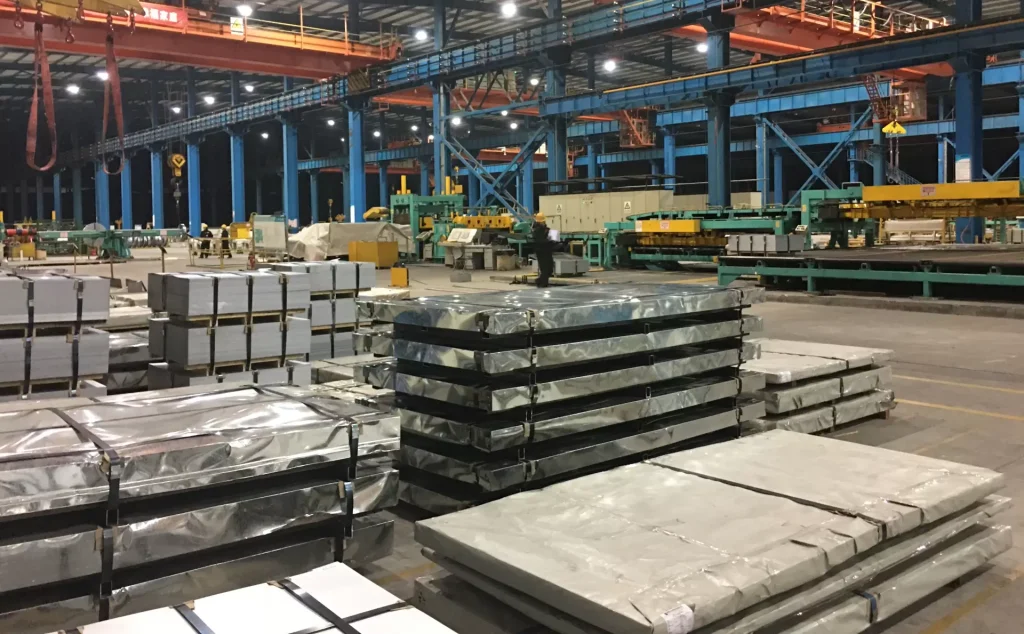
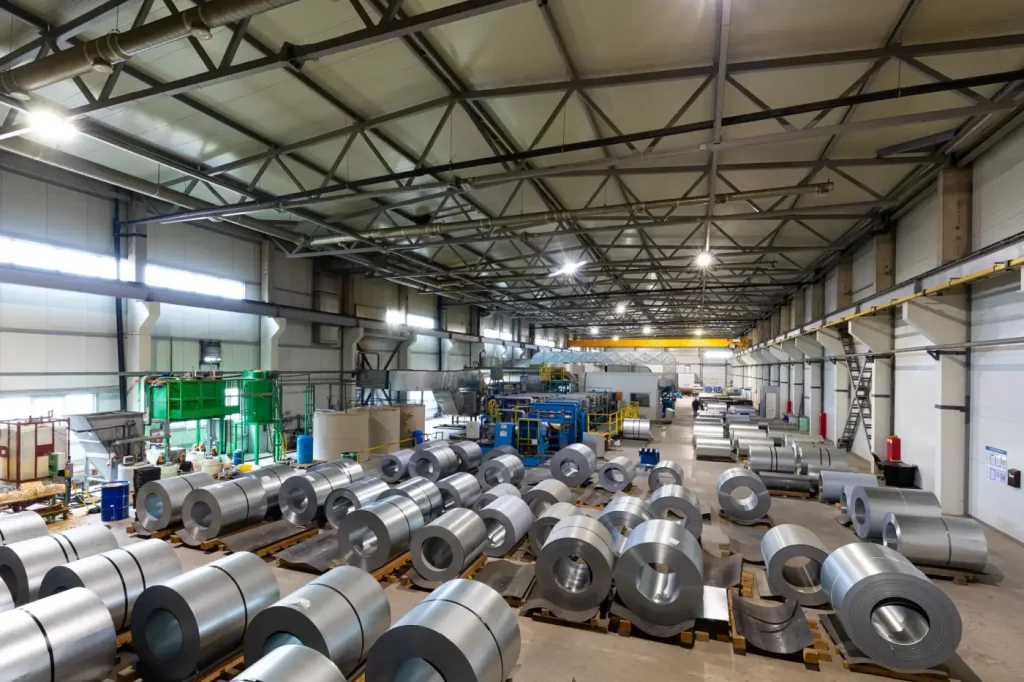
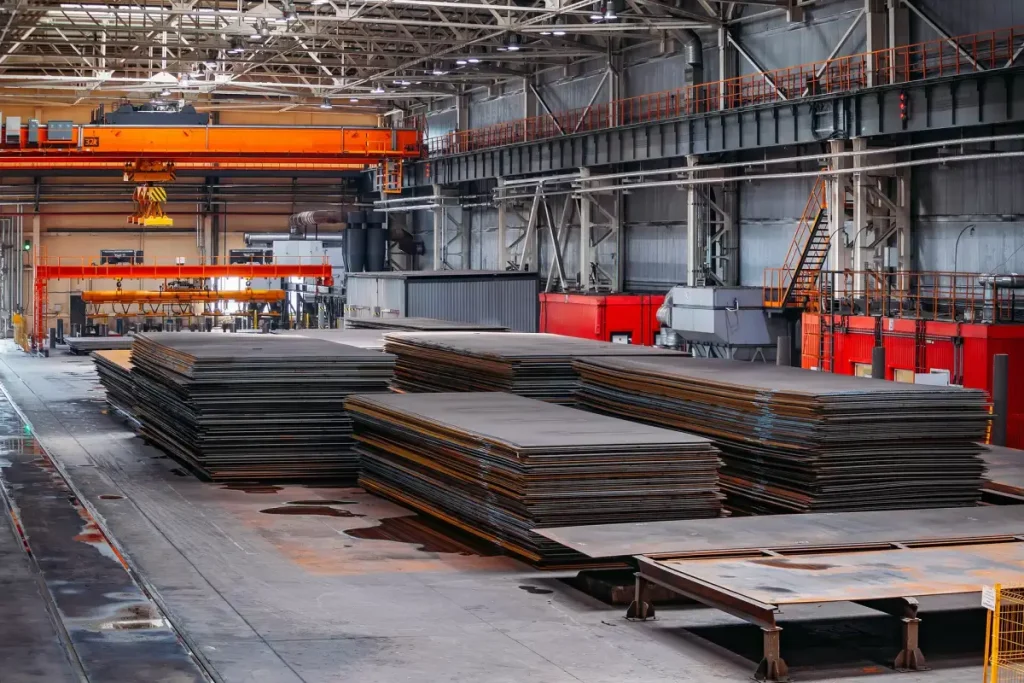
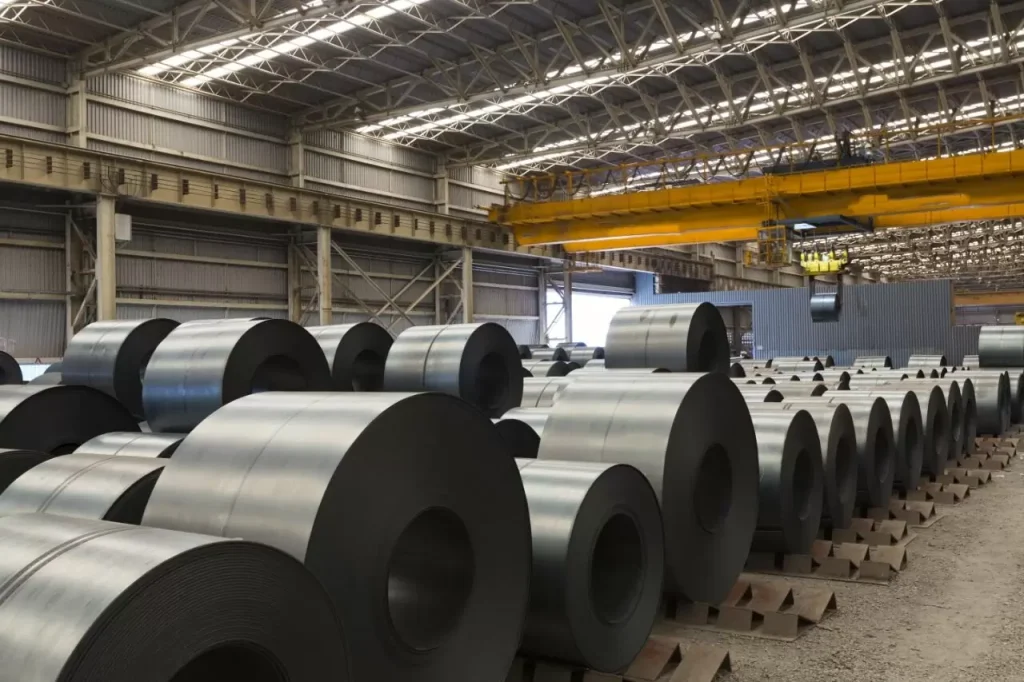
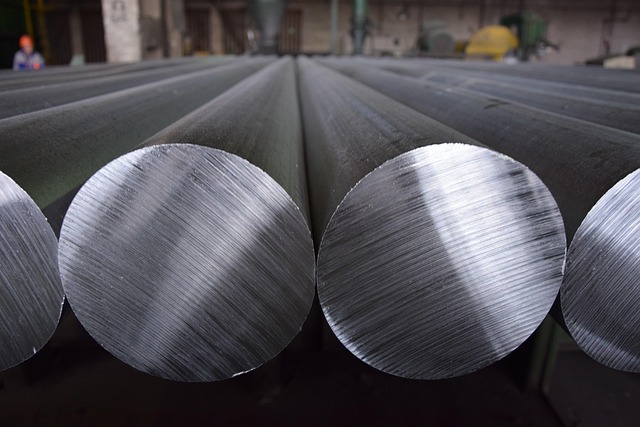
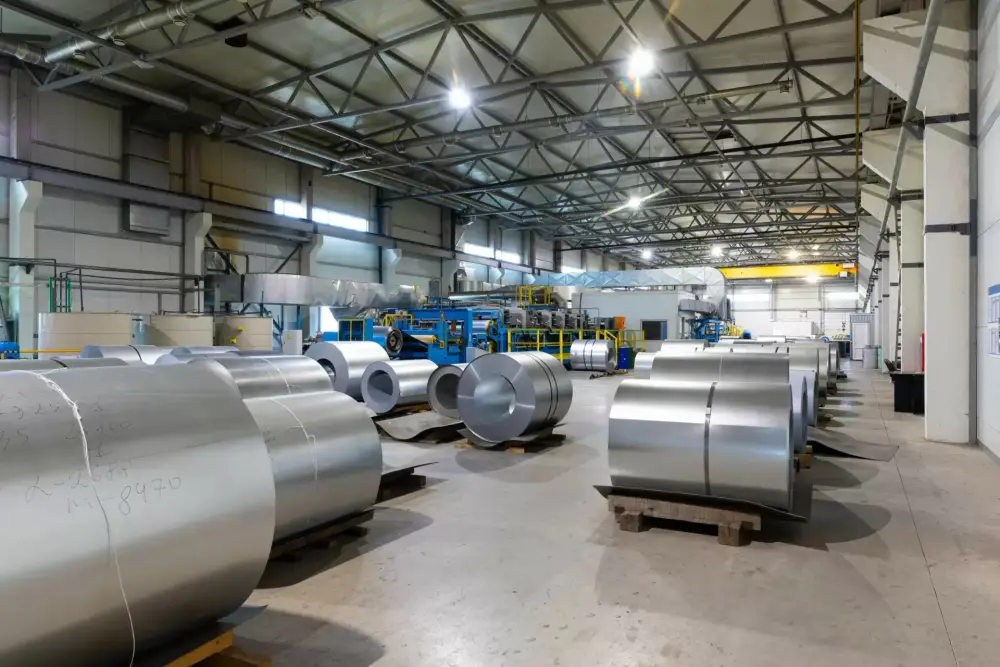
- Certified:ISO 9001 & Nadcap accredited.
- Precision:±0.01mm tolerance control.
- Global Supply:15-day lead time with DDP logistics.
Applications & Industries
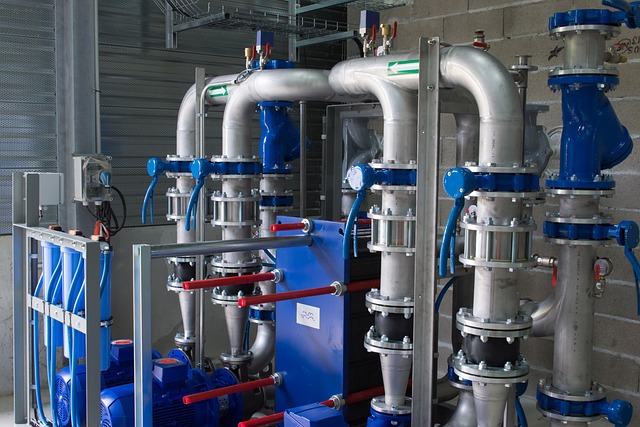
Aerospace:
High-power density actuators.
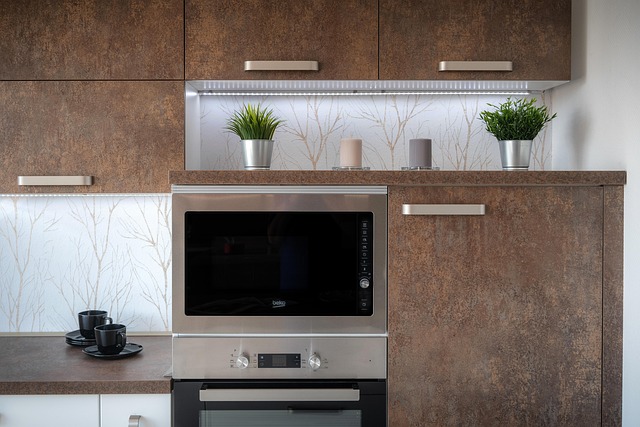
Electronics:
Precision sensors & MEMS components.
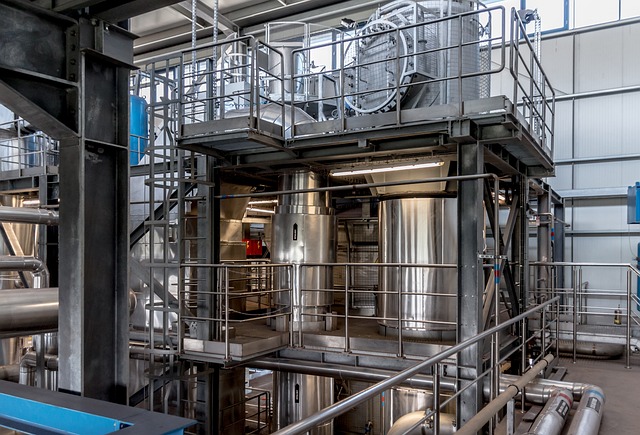
Energy:
Magnetic coupling devices for turbines.
Frequently Asked Questions
Q1: CTE stability at extreme temperatures?
A1: CTE variation <±5% (-196~+300℃).
Q2: Lead time for custom sizes?
A2: 2-5 weeks after confirmation.
Q3: Why is heat treatment critical for 4J42 rods?
A: Post-processing annealing (650-700°C) eliminates internal stresses, enhancing plasticity and ensuring stable expansion coefficients.
Q4: How is 4J42 alloy rod processed?
A: Manufactured via vacuum induction melting followed by hot/cold rolling or forging, with strict adherence to ASTM B424 or GB/T 1507-2012 standards for dimensional accuracy.
Ready to source alloy steel from a trusted Chinese manufacturer?
Let us support your project with reliable quality, fast delivery, and expert service.
Get a quote today — we usually respond within 12 hours.

